It is an established scientific fact that otters are adorable. They hold hands with fellow otters as they drift atop the water and use rocks to playfully crack open clams. Hermione's patronus is a sea otter! They're also voracious eaters, consuming about a quarter of their body weight daily. That last bit led them to become ecological superheroes in one California coastal town.
At Elkhorn Slough in California, a thriving population of southern sea otters has taken on an unlikely role: invasive species exterminators. According to USA Today, the otters’ voracious appetite for European green crabs, one of the West Coast’s most destructive invasive species, has nearly wiped the crabs out in the estuary. This has helped revive a delicate ecosystem that had been struggling for decades.
European green crabs, originally from Europe as you might have guessed, arrived on the West Coast in the 1980s and quickly became a menace. Though small—just four inches across—they wreak havoc on coastal ecosystems by devouring seagrass, baby crabs, and salmon while competing with native species. They’ve also caused significant damage to multimillion-dollar shellfish industries for Dungeness and king crabs.
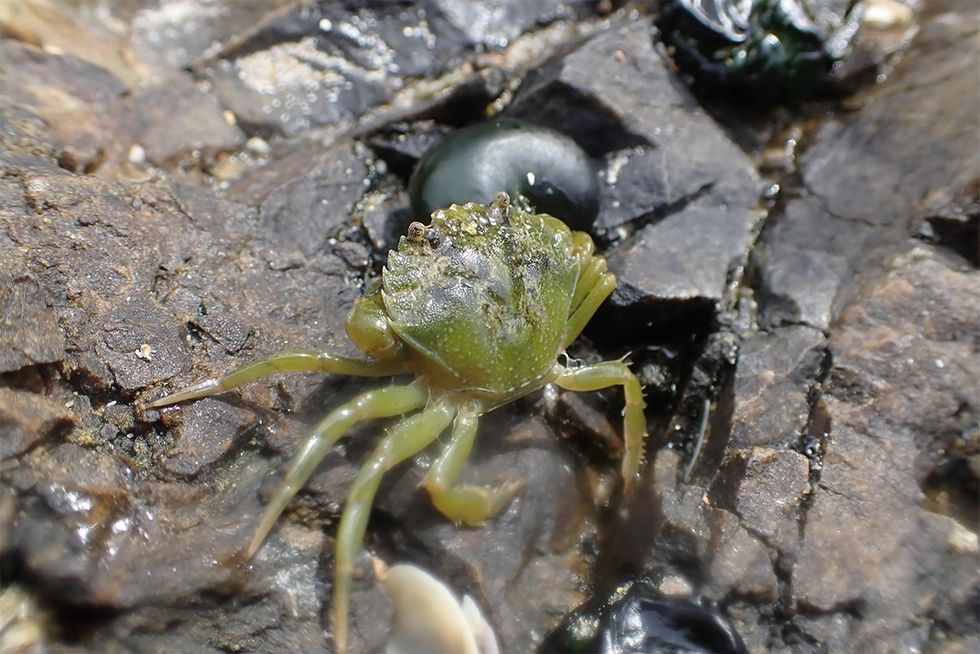
States along the West Coast have spent millions trying to manage the invasive species. Washington has allocated $12 million to fight them, Oregon encourages crabbers to harvest up to 35 a day, and California researchers have spent years trying to eradicate them from places like Stinson Beach’s Seadrift Lagoon. Yet the crabs often rebound in overwhelming numbers.
Sea otters to the rescue
At Elkhorn Slough, however, the green crabs have been almost completely eradicated—thanks to the sea otters. The otters’ role as natural predators has allowed the ecosystem to recover in remarkable ways.
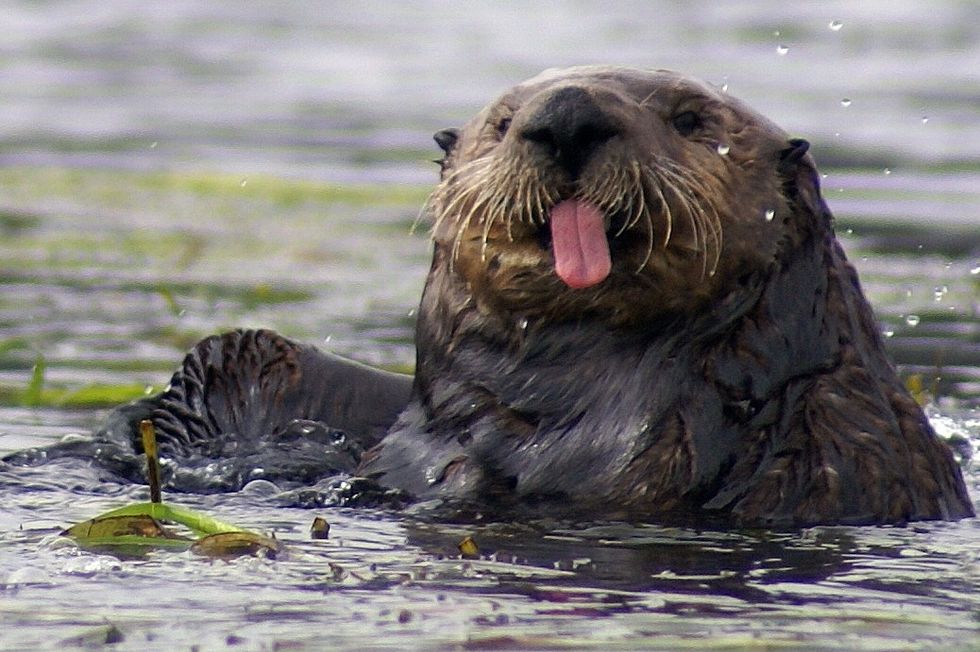
"We calculated that the current otter population here eats somewhere between 50,000 and 120,000 green crabs a year."
— Kerstin Wasson, Elkhorn Slough National Estuarine Research Reserve
Sea otters, once hunted nearly to extinction for their soft fur, are now a protected species. Their population along the West Coast has made a slow comeback after dropping as low as 50 individuals in the early 20th century. The first otters arrived at Elkhorn Slough in the 1990s, and over time, a thriving community has emerged, with over 120 otters now calling the estuary home.
Ecological recovery through a trophic cascade
According to researchers, otters must eat an enormous amount of food to stay warm because they lack the insulating blubber that seals and other marine mammals have. While clams are their preferred food, the crabs became an easy alternative, and the otters’ dining habits set off what biologists call a "trophic cascade"—a chain reaction of ecological benefits. By consuming the invasive crabs, the otters helped restore balance to the estuary’s ecosystem.
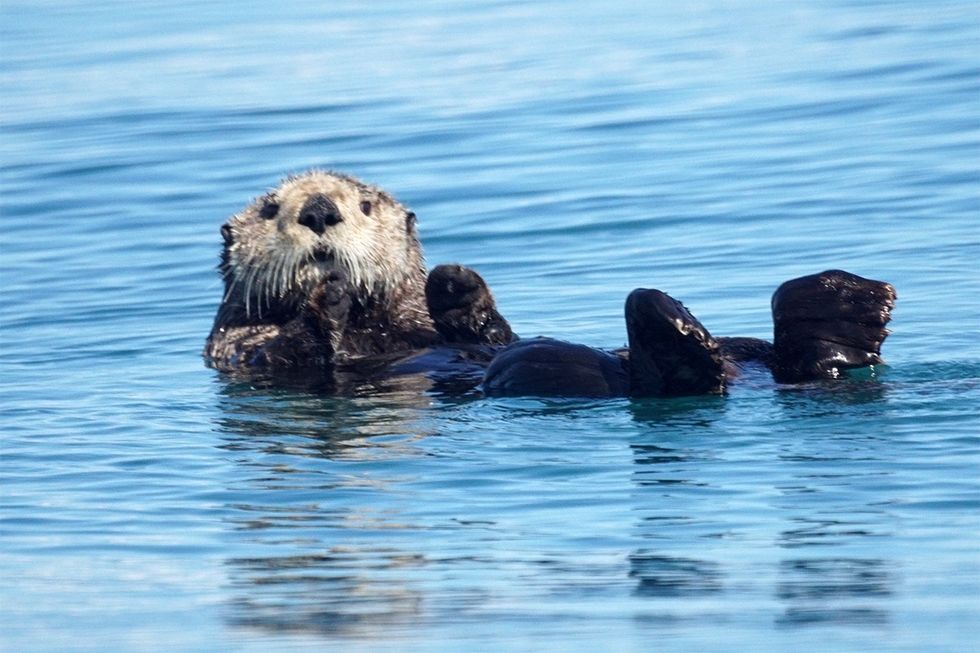
Cleaner water, restored eelgrass beds, and a balanced food chain are just some of the positive effects researchers have observed. According to Rikke Jeppesen, lead author of a recent study published in the journal Biological Invasions, the Elkhorn Slough is now a shining example of how rehabilitating one species can ripple through an entire ecosystem.
"The otters eating the crabs benefited the eelgrass, which contributed to better water quality."
— Rikke Jeppesen, estuarine ecologist
A hopeful model for the future
Years ago, green crabs were abundant in Elkhorn Slough. "Back in the early 2000s, we would sometimes catch up to 100 green crabs in one trap," said Jeppesen. "When we set the traps in the same place today, we’ll get under ten and often not even five." The impact of the sea otters has been unmistakable: Elkhorn Slough is the only California estuary with a significant sea otter population, and it also has the lowest abundance of green crabs.
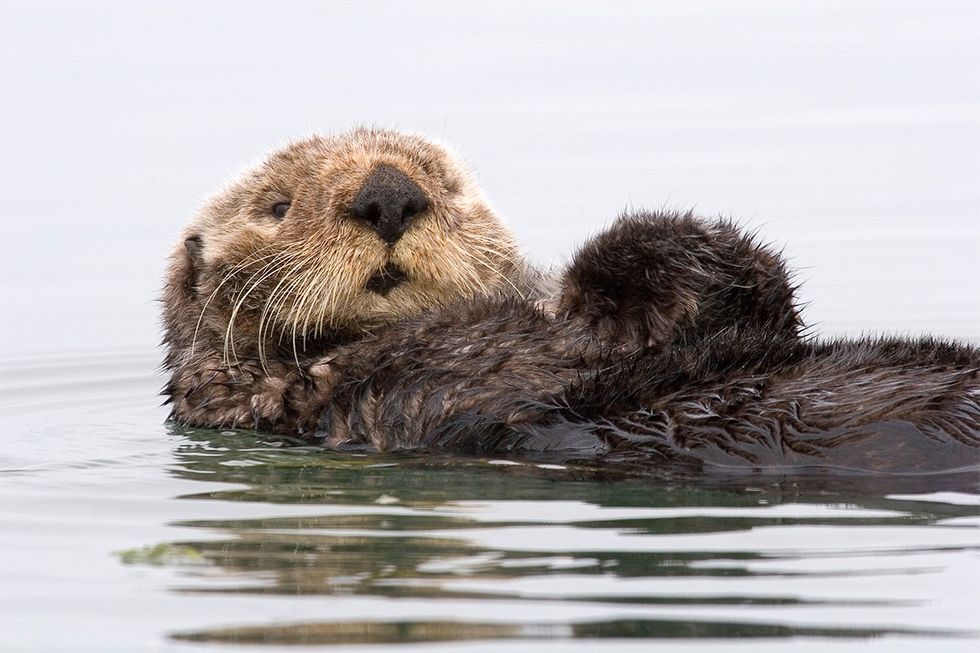
Efforts to restore the estuary and help the otters thrive—such as cleaning the water, restoring tidal marshes, and reintroducing otters through programs like the Monterey Bay Aquarium’s rehabilitation initiative—have paid off spectacularly. These efforts created the ideal conditions for otters to become a natural solution to the invasive crab problem.
"The sea otters, they're like an assistant manager for us."
— Kerstin Wasson, Elkhorn Slough National Estuarine Research Reserve
The success at Elkhorn Slough offers a hopeful model for how ecological restoration can address invasive species while benefiting native wildlife. With their fluffy faces and ferocious appetites, sea otters have not only reclaimed their place in the ecosystem but also proven to be invaluable allies in the fight to protect coastal environments. And they're so cute!





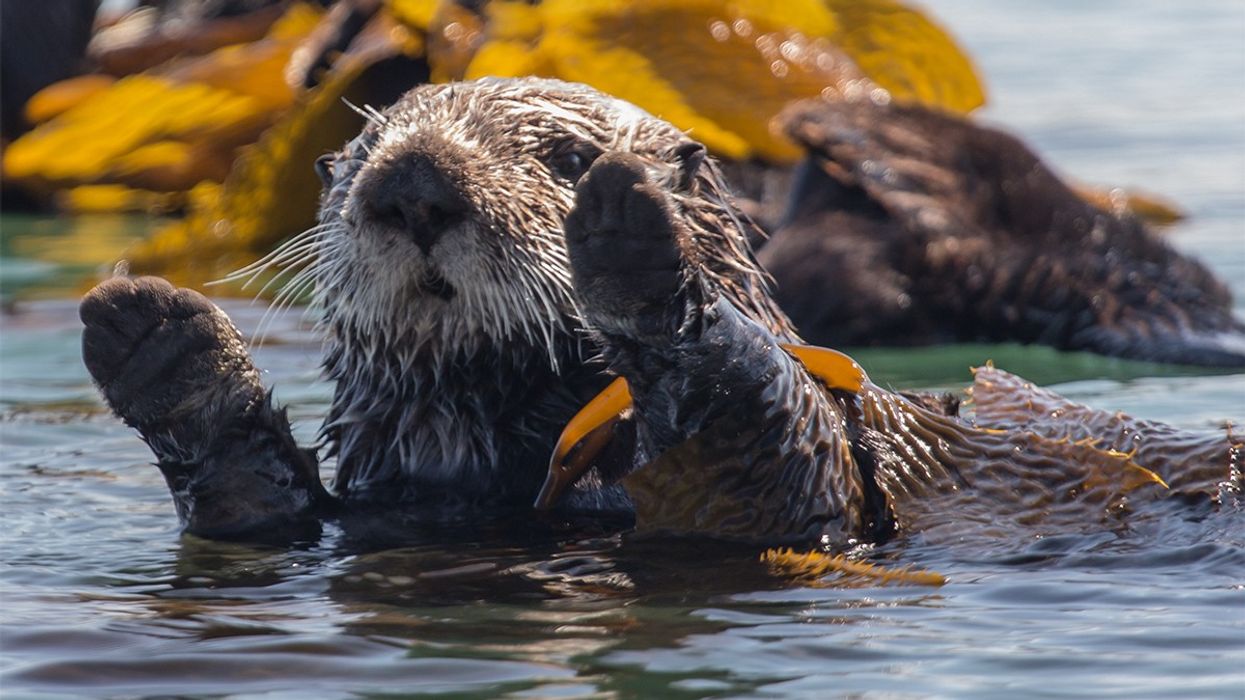




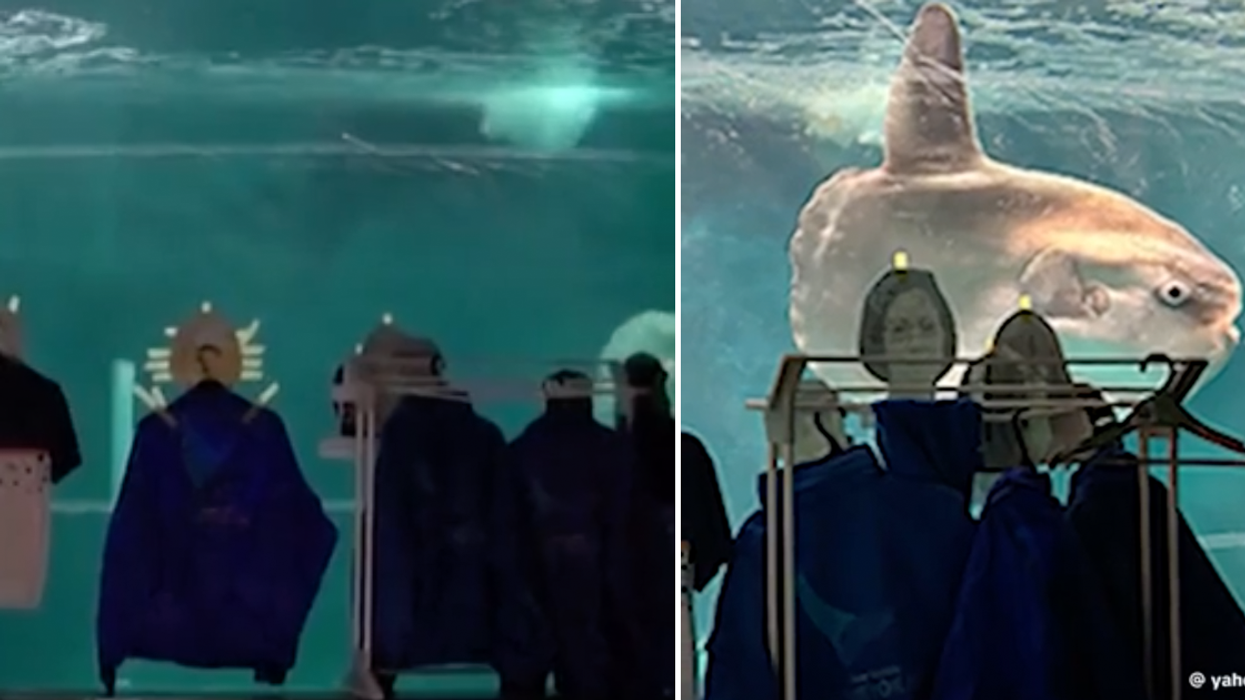
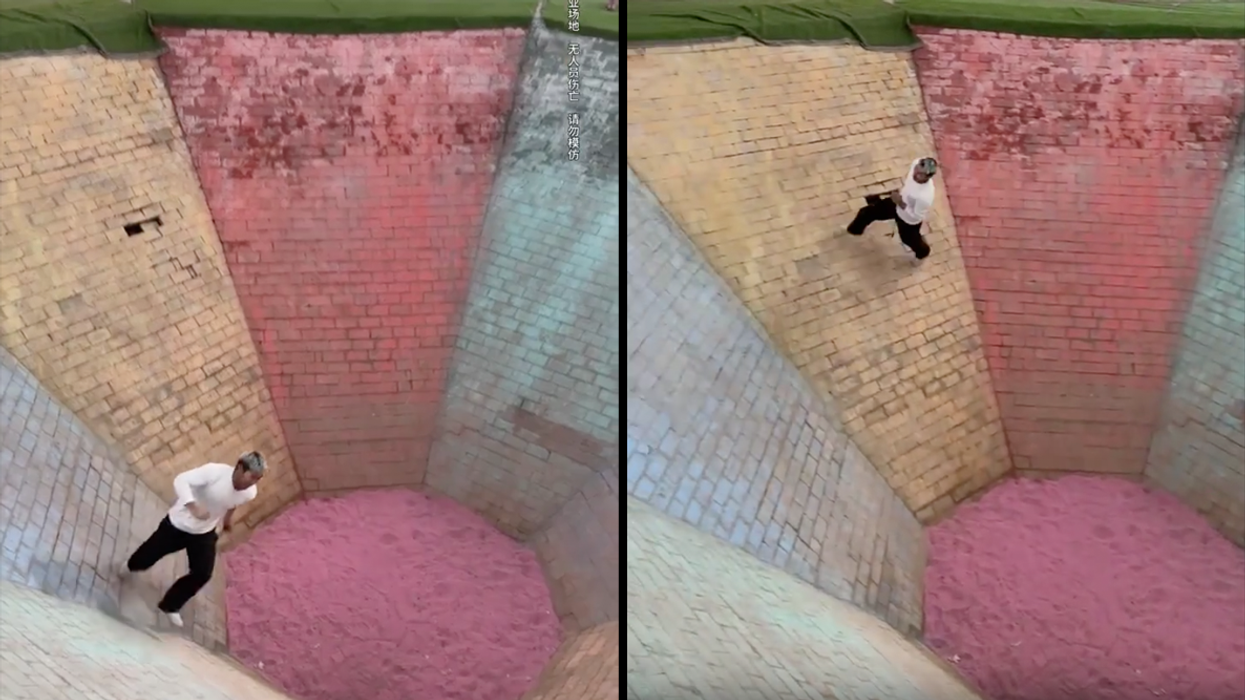
 This represents the key to the perfect flow statePhoto by
This represents the key to the perfect flow statePhoto by 
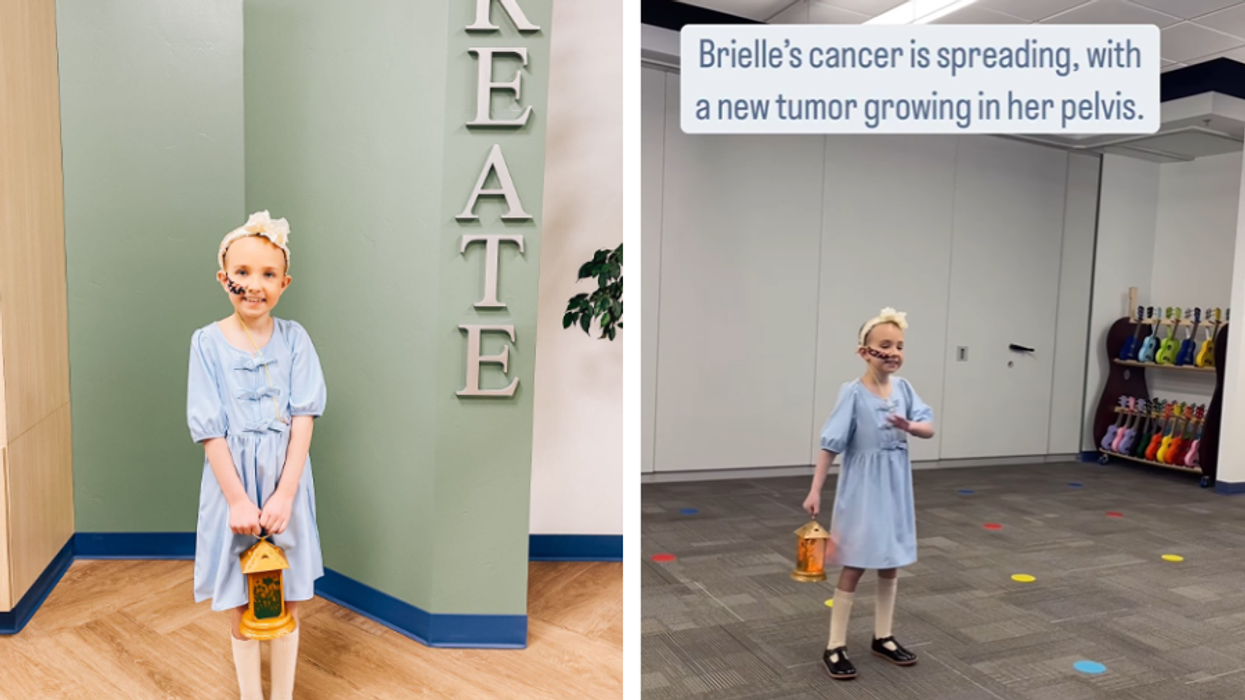





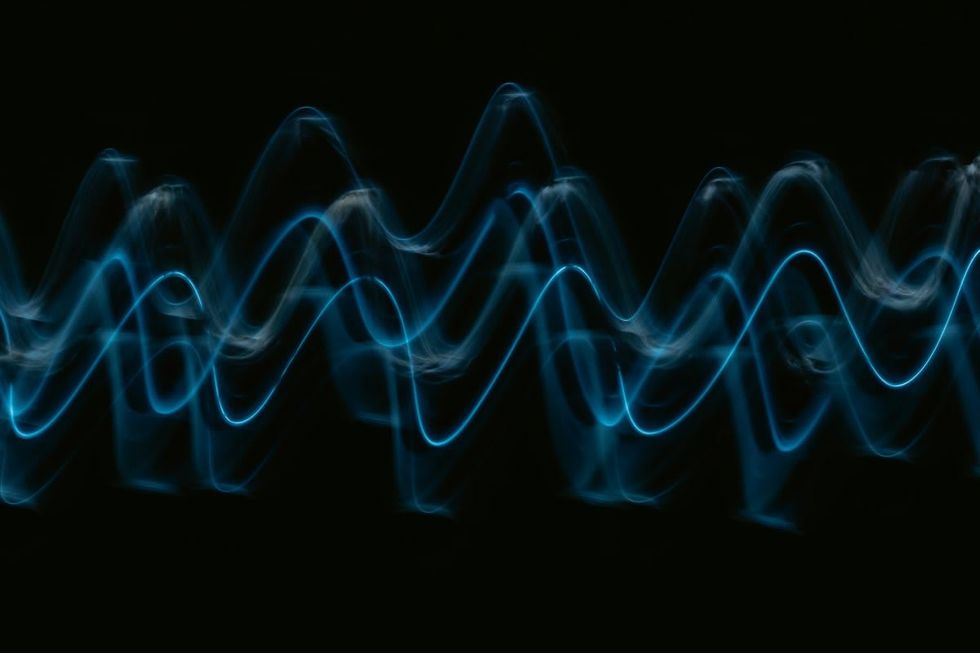 Representative Image Source: Unsplash | Pawel Czerwinski
Representative Image Source: Unsplash | Pawel Czerwinski 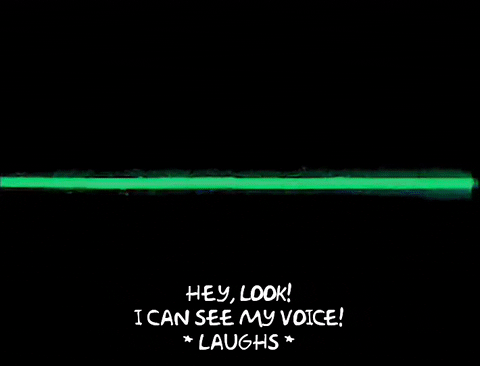
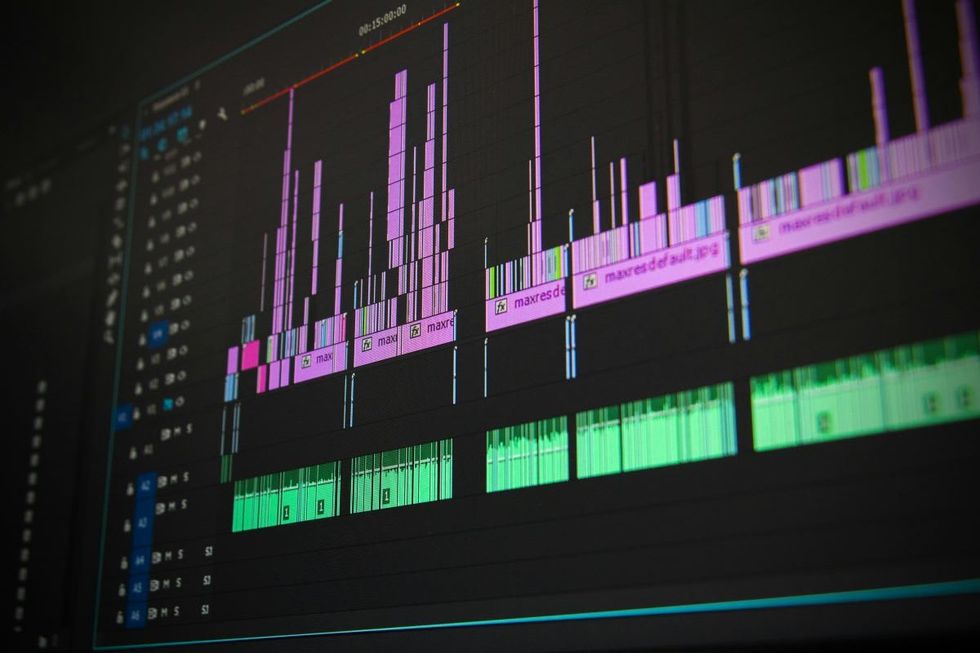 Representative Image Source: Pexels | Pixabay
Representative Image Source: Pexels | Pixabay 







